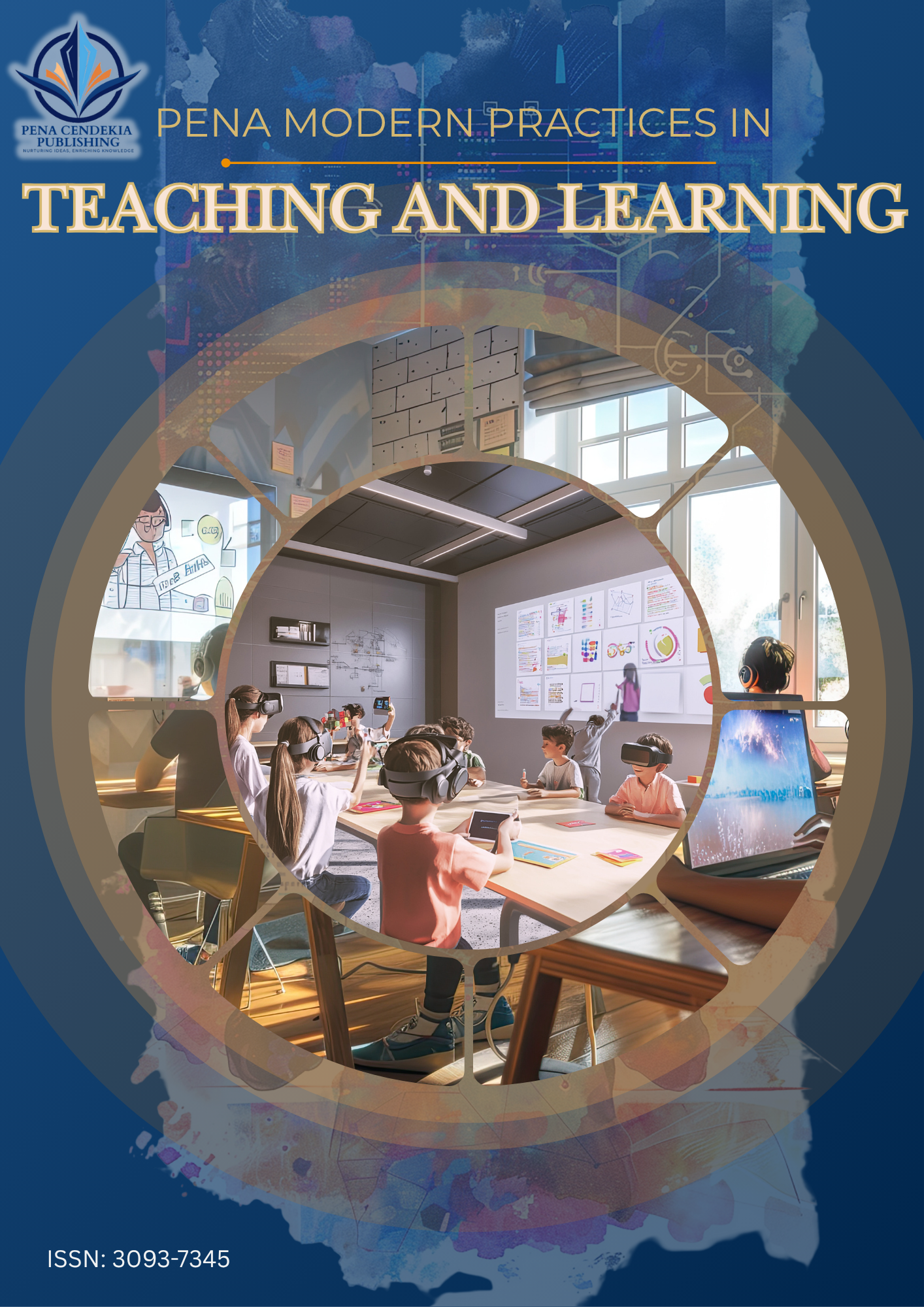The Transformation of TVET Education through Modernized Facilities: Challenges and Opportunities
Keywords:
TVET, modernized infrastructure, graduate employability, student satisfaction, industry collaborationAbstract
The transformation of Technical and Vocational Education and Training (TVET) institutions through modernized infrastructure plays a crucial role in enhancing educational quality, student engagement, and industry readiness. This study examines the impact of infrastructure development of TVET institutions in Malaysia, focusing on its newly built campus and facilities. The research explores how modernized classrooms, laboratories, digital learning spaces, and student accommodations contribute to better learning experiences, higher student satisfaction, and improved graduate employability. Using a mixed-method approach, data was collected from students, faculty, and industry partners to assess the effectiveness of the new facilities. Key performance indicators (KPIs) such as enrollment rates, academic performance, industry collaboration, and graduate employment were analyzed. Findings suggest that the new infrastructure has significantly enhanced teaching and learning conditions, leading to a 95% graduate employability rate and an 80% satisfaction rate among students and faculty. However, challenges such as funding limitations, the need for continuous facility upgrades, and aligning programs with industry demands were identified. This study concludes that strategic investment in TVET infrastructure is essential for producing highly skilled graduates who meet industry needs. Recommendations include strengthening industry partnerships, integrating smart technologies in teaching, and securing sustainable funding for infrastructure maintenance. The insights gained from this research can serve as a model for other TVET institutions looking to modernize their campuses to support national workforce development.










